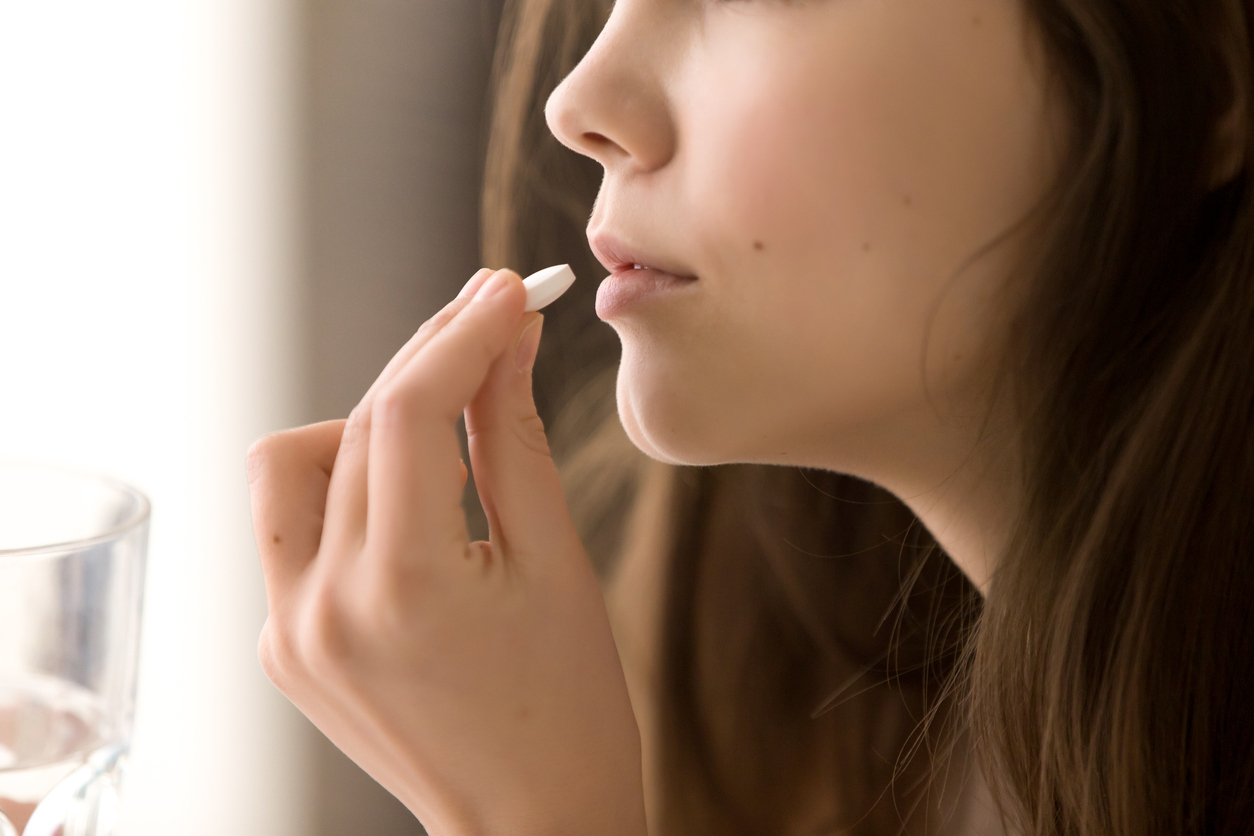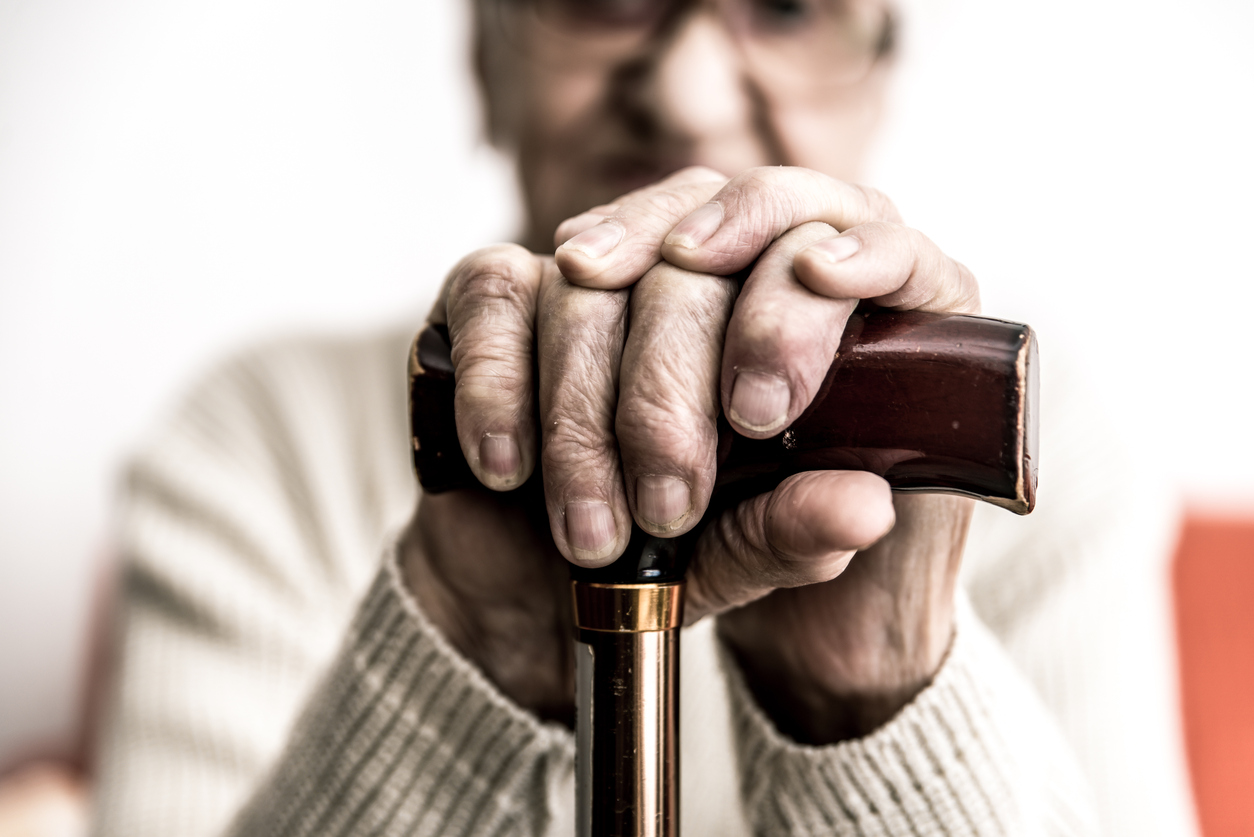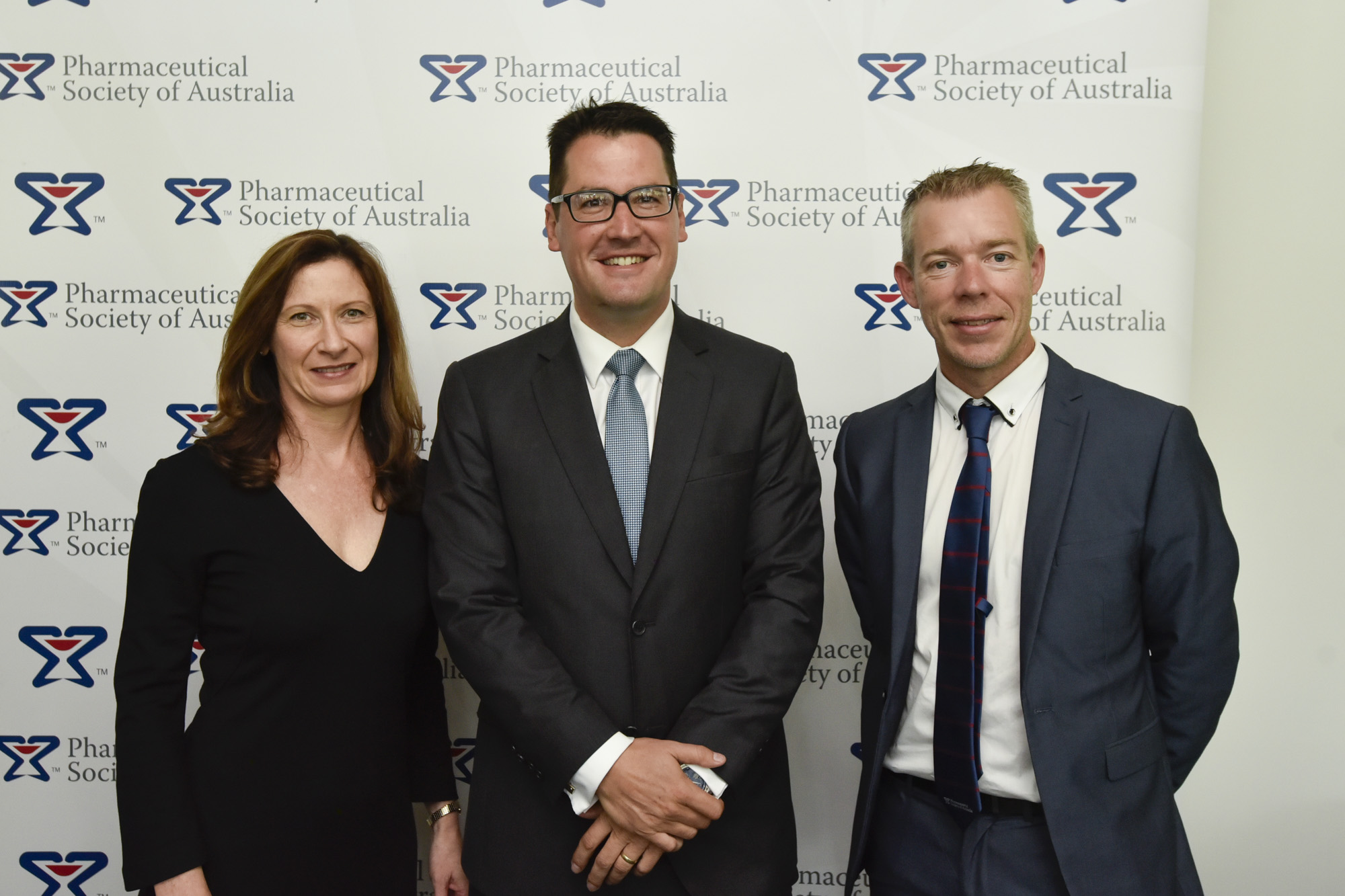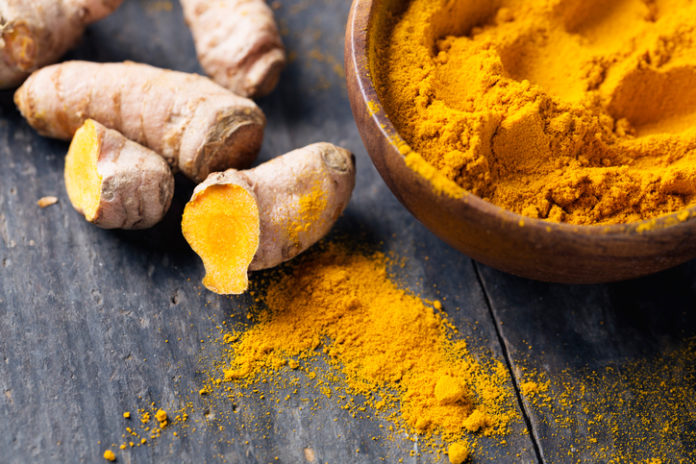Pain caused by osteoarthritis (OA) is a common presentation in a community pharmacy, with many patients seeking advice on complementary and alternative medicines that can relieve pain. OA is the most common form of arthritis in Australia, occurring in about 9% of the population.
People with OA often seek pain-relieving medicines, including complementary and alternative medicines (CAMs), from a community pharmacy. Three CAMs options for osteoarthritis are devil’s claw, glucosamine and turmeric. What is the evidence for their efficacy in treating OA?
Turmeric
What is it?
Turmeric is the dried rhizome of Curcuma longa. It is commonly used as a spice and as a yellow-orange food colouring. Most research has focused on curcumin, one of the major constituents.4,6
Curcumin has been found to have anti-oxidant, anti-inflammatory, immunomodulatory, analgesic and anticancer properties.6,12
Evidence for OA
A 2016 systematic review of eight RCTs (n = 937) found evidence that 8–12 weeks of standardised turmeric extracts (typically 1000 mg curcumin) daily can reduce pain and inflammation-related symptoms of arthritis.
However, the evidence is not conclusive, because of the small number of RCTs, and their small sample sizes and heterogeneity.13
A 2017 systematic review of seven RCTs (n = 797) concluded that curcuminoids significantly reduce pain and improve quality of life compared with placebo in patients with primary knee OA. However, they are less effective than ibuprofen at relieving pain. Published RCTs vary in quality and have small sample sizes.14
Suggested counselling advice
`Use a product formulated to improve curcumin absorption.’11
Devil’s claw
What is it?
Also known as Harpagophytum procumbens, devil’s claw is a herb native to southern Africa, the root tubers of which are used medicinally.
Evidence for OA
A 2006 systematic review of 14 clinical trials (including four RCTs) concluded that, although the trials provided some support for efficacy of devil’s claw in OA, their quality was poor.1
A 2007 review examined use in painful OA and chronic lower back pain. The reviewers concluded that the evidence of effectiveness was strongest for Harpagophytum preparations containing >50 mg of harpagoside per daily dose.2
A 2014 Cochrane review of two RCTs (n = 315) concluded that devil’s claw, in a standardised daily dose of 50 mg or 100 mg harpagoside, may reduce non-specific lower back pain more than placebo (low-quality evidence). A third RCT (n = 88) found that 60 mg of harpagoside daily reduced pain to about the same extent as 12.5 mg rofecoxib daily (very low-quality evidence).3
Suggested counselling advice
‘Devil’s claw may relieve back pain and osteoarthritis pain within 1–4 months of starting treatment.3,4 The safety of daily use for longer than 1 year is unknown.’3,4
Glucosamine
What is it?
Glucosamine is an endogenous aminomonosaccharide. It is essential for the synthesis of glycosaminoglycans (mucopolysaccharides), glycoproteins and glycolipids, which are components of many body tissues, including cartilage, tendons, ligaments and synovial fluid. Glucosamine for therapeutic use is derived from the exoskeletons of crustaceans or from corn.6,7 Some glucosamine supplements also contain chondroitin, an endogenous glycosaminoglycan.4
Evidence for OA
There is conflicting evidence regarding pain-relieving and structure-modifying effects of glucosamine in OA. There is also debate about whether glucosamine sulfate is more effective than glucosamine hydrochloride. Most trials have studied glucosamine sulfate for knee OA.5,8,9,10
Suggested counselling advice
‘The evidence is currently unclear on whether glucosamine (or glucosamine plus chondroitin) is of benefit in treating osteoarthritis. A suitable trial is 3–6 months of daily use. If your symptoms improve during this trial and you want these benefits to continue, you will need to continue to take glucosamine. Different brands and forms of glucosamine may vary in their effects.’5
Learn More
For more evidence-based information about these and other complementary medicines – including clinical notes on adverse effects, contraindications and dosages, as well as full references – refer to the Australian Pharmaceutical Formulary and Handbook 24th edition (APF24). APF is available in print or digital formats.
Digital APF is available at apf.psa.org.au (subscription required).
References
- Brien S, Lewith GT, McGregor G. Devil’s claw (Harpagophytum procumbens) as a treatment for osteoarthritis: a review of efficacy and safety. J Altern Complement Med 2006;12(10):981– 93.
- Chrubasik JE, Roufogalis BD, Chrubasik S. Evidence of effectiveness of herbal antiinflammatory drugs in the treatment of painful osteoarthritis and chronic low back pain. Phytother Res 2007;21(7):675–83.
- Oltean H, Robbins C, van-Tulder MW, et al. Herbal medicine for low-back pain. Cochrane Database of Systematic Reviews 2014, Issue 12.
- Gregory PJ. Natural medicines. 2017. At: https://naturalmedicines.therapeuticresearch.com
- eTG complete. Melbourne: Therapeutic Guidelines; 2017.
- Brayfield A, ed. Martindale: the complete drug reference. London: Pharmaceutical Press. At: medicinescomplete.com.
- Henrotin Y, Mobasheri A, Marty M. Is there any scientific evidence for the use of glucosamine in the management of human osteoarthritis? Arthritis Res Ther 2012;14(1):1–10.
- McAlindon TE, Bannuru RR, Sullivan MC, et al. OARSI guidelines for the non-surgical management of knee osteoarthritis. Osteoarthritis Cartilage 2014;22(3):363–88.
- Harrison-Muñoz S, Rojas-Briones V, Irarrázaval S. Is glucosamine effective for osteoarthritis?. Medwave 2017;17(Suppl1):e6867.
- Bruyere O, Cooper C, Pelletier JP, et al. A consensus statement on the European Society for Clinical and Economic Aspects of Osteoporosis and Osteoarthritis (ESCEO) algorithm for the management of knee osteoarthritis: from evidence-based medicine to the real-life setting. Semin Arthritis Rheum 2016;45(4 Suppl):S3–11.
- Gregory PJ. Natural medicines. 2017. At: https://naturalmedicines.therapeuticresearch.com
- Sahebkar A, Henrotin Y. Analgesic efficacy and safety of curcuminoids in clinical practice: a systematic review and meta-analysis of randomized controlled trials. Pain Med 2016;17(6):1192–202.
- Daily JW, Yang M, Park S. Efficacy of turmeric extracts and curcumin for alleviating the symptoms of joint arthritis: a systematic review and meta-analysis of randomized clinical trials. J Med Food 2016;19(8):717–29.
- Onakpoya IJ, Spencer EA, Perera R, et al. Effectiveness of curcuminoids in the treatment of knee osteoarthritis: a systematic review and meta-analysis of randomized clinical trials. Int J Rheum Dis 2017;20(4):420–33.














 PSA Chief Operating Officer Deb Bowden, Senator Zed Seselja and PSA National President Dr Shane Jackson.[/caption]
PSA Chief Operating Officer Deb Bowden, Senator Zed Seselja and PSA National President Dr Shane Jackson.[/caption]





 [post_title] => New Pharmacy House opens
[post_excerpt] =>
[post_status] => publish
[comment_status] => open
[ping_status] => open
[post_password] =>
[post_name] => new-pharmacy-house-opens
[to_ping] =>
[pinged] =>
[post_modified] => 2018-04-05 12:33:52
[post_modified_gmt] => 2018-04-05 02:33:52
[post_content_filtered] =>
[post_parent] => 0
[guid] => http://psa.studionerve.com/?p=1231
[menu_order] => 0
[post_type] => post
[post_mime_type] =>
[comment_count] => 0
[filter] => raw
)
[title_attribute] => New Pharmacy House opens
[title] => New Pharmacy House opens
[href] => http://psa.studionerve.com/new-pharmacy-house-opens/
[module_atts:td_module:private] => Array
(
)
[td_review:protected] => Array
(
)
[is_review:protected] =>
[post_thumb_id:protected] => 1239
)
[post_title] => New Pharmacy House opens
[post_excerpt] =>
[post_status] => publish
[comment_status] => open
[ping_status] => open
[post_password] =>
[post_name] => new-pharmacy-house-opens
[to_ping] =>
[pinged] =>
[post_modified] => 2018-04-05 12:33:52
[post_modified_gmt] => 2018-04-05 02:33:52
[post_content_filtered] =>
[post_parent] => 0
[guid] => http://psa.studionerve.com/?p=1231
[menu_order] => 0
[post_type] => post
[post_mime_type] =>
[comment_count] => 0
[filter] => raw
)
[title_attribute] => New Pharmacy House opens
[title] => New Pharmacy House opens
[href] => http://psa.studionerve.com/new-pharmacy-house-opens/
[module_atts:td_module:private] => Array
(
)
[td_review:protected] => Array
(
)
[is_review:protected] =>
[post_thumb_id:protected] => 1239
)












